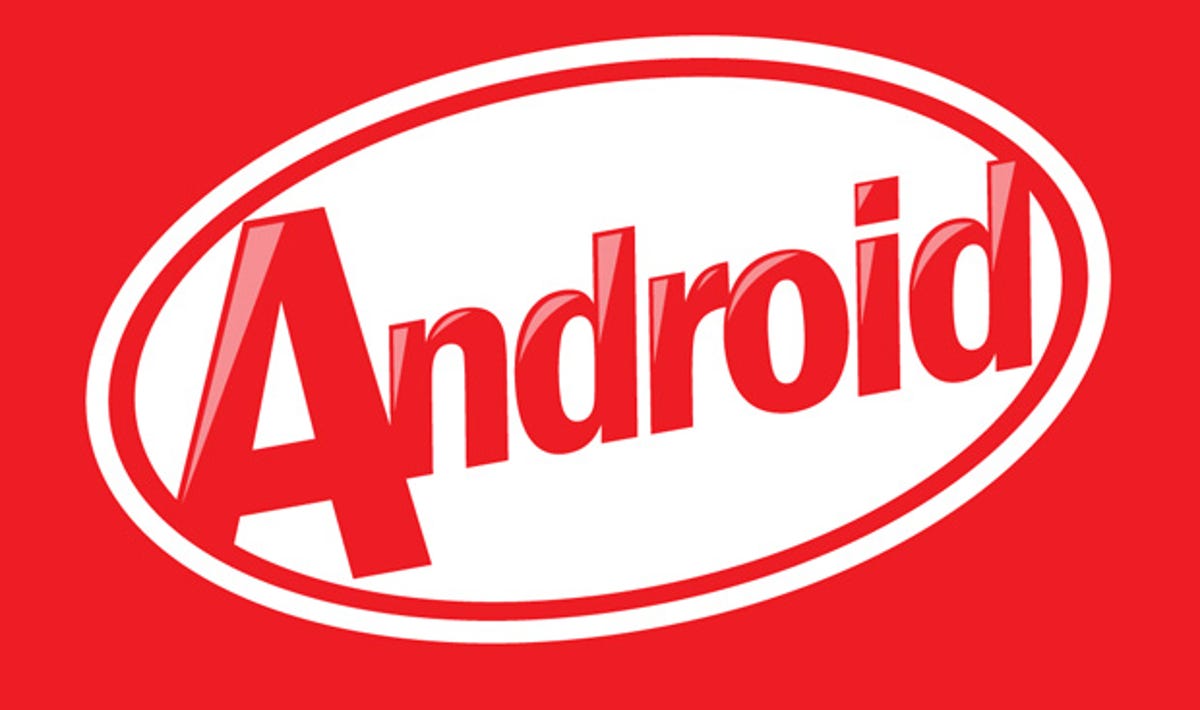
More Android devices are running the ancient Froyo update than the latest KitKat software, as a disgruntled developer laments the state of Android updates in handy colourful chart form.
Jelly Bean is now on half of Android devices, according to the latest figures from Google. Three quarters of Android phones are running Ice Cream Sandwich or later, but some Froyo phones are still clinging on: 1.6 still run the venerable Android 2.2 update, beating KitKat’s 1.1 per cent.
To be fair, Android 4.4 KitKat has only been around for a month, even if it is available to update the Nexus 4 and Nexus tablets as well as arriving built-in to the Nexus 5. Of course it’s still building a head of steam and is behind Jelly Bean, Ice Cream Sandwich, and Gingerbread — but Froyo? Who still uses Froyo?


Now playing:
Watch this:
Android 4.4 KitKat hands-on
2:46
The chart pictured above was created by developer krfraj, who chose a sample of big-name phones and looked at how up-to-date they were throughout their lives.
The chart uses US network AT&T as a baseline, and lumps together incremental Android updates into just the major releases, so it’s best taken as an overview; an interesting visual indicator of the way even high-end phones can lag behind.
Rarely up-to-date
Bearing those caveats in mind, what does the chart show? According to the chart, only Google’s flagship Nexus devices consistently had the latest software on board. Even the phones that are arguably the leading Android devices — Samsung’s S series — were rarely up-to-date: the chart shows the S2 was on the cutting-edge for just five months in two years, while the S3 has never been on the current major version at all.
krfraj notes that 6 out of 16 devices — more than a third — never ran a current version of Android. 13 fell two updates behind in the course of a two-year phone contract, and half fell two updates behind in their first year on sale. For the record, I love Android, but that’s not a great record.


Of course, that’s not necessarily a bad thing: many phones are perfectly happy sticking with the update that best suits their hardware, as iPhone owners have realised to their cost. The chart shows that Apple’s iPhones stay up-to-date with the very latest software even as they’re replaced each year, with the iPhone 3GS still on the cutting-edge five years down the line. While that may be convenient for developers, it’s not necessarily great for iPhone owners, as older phones can’t always cope with the latest software.
Does it matter if your phone doesn’t have the latest software on board? Has Google crated a rod for its own back by updating Android so often? Update me in the comments or accuse me of rampant anti-Android bias on our Facebook page.



